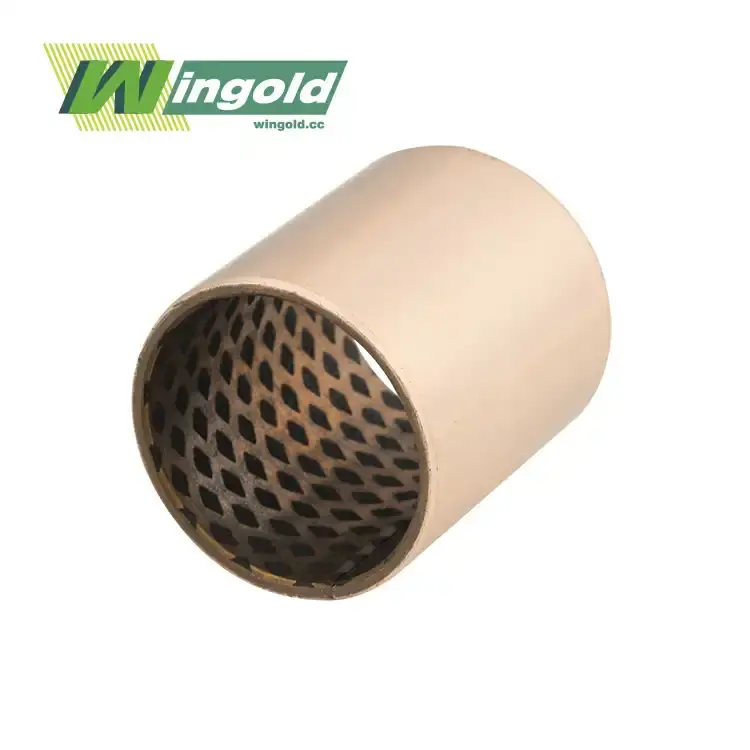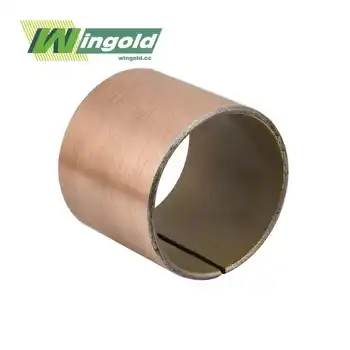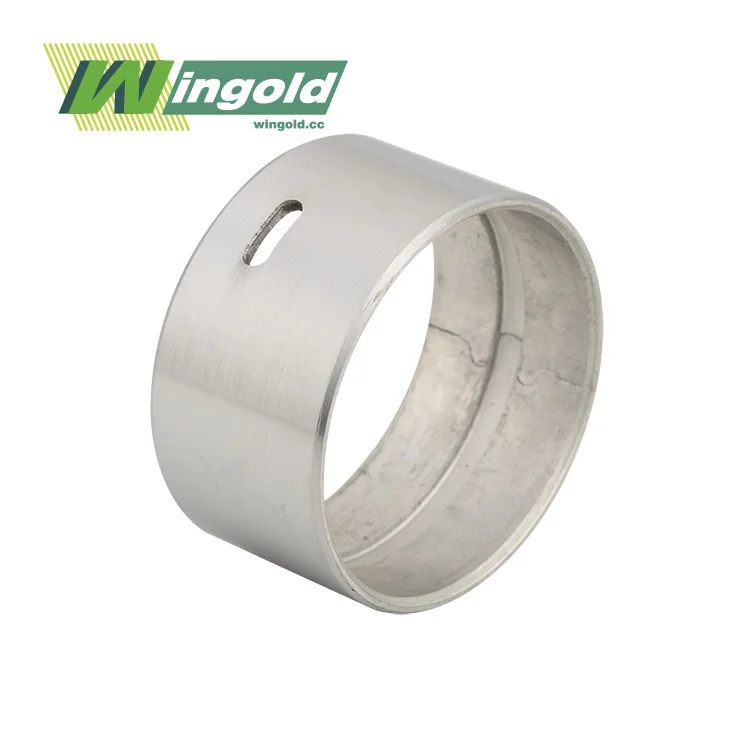- English
- French
- German
- Portuguese
- Spanish
- Russian
- Japanese
- Korean
- Arabic
- Greek
- German
- Turkish
- Italian
- Danish
- Romanian
- Indonesian
- Czech
- Afrikaans
- Swedish
- Polish
- Basque
- Catalan
- Esperanto
- Hindi
- Lao
- Albanian
- Amharic
- Armenian
- Azerbaijani
- Belarusian
- Bengali
- Bosnian
- Bulgarian
- Cebuano
- Chichewa
- Corsican
- Croatian
- Dutch
- Estonian
- Filipino
- Finnish
- Frisian
- Galician
- Georgian
- Gujarati
- Haitian
- Hausa
- Hawaiian
- Hebrew
- Hmong
- Hungarian
- Icelandic
- Igbo
- Javanese
- Kannada
- Kazakh
- Khmer
- Kurdish
- Kyrgyz
- Latin
- Latvian
- Lithuanian
- Luxembou..
- Macedonian
- Malagasy
- Malay
- Malayalam
- Maltese
- Maori
- Marathi
- Mongolian
- Burmese
- Nepali
- Norwegian
- Pashto
- Persian
- Punjabi
- Serbian
- Sesotho
- Sinhala
- Slovak
- Slovenian
- Somali
- Samoan
- Scots Gaelic
- Shona
- Sindhi
- Sundanese
- Swahili
- Tajik
- Tamil
- Telugu
- Thai
- Ukrainian
- Urdu
- Uzbek
- Vietnamese
- Welsh
- Xhosa
- Yiddish
- Yoruba
- Zulu
How environmental conditions affect brass vs bronze corrosion?
When it comes to choosing materials for industrial applications, understanding how different metals react to environmental conditions is crucial. Two popular alloys often compared are brass and bronze, especially in components like bronze bushing sleeves. This article explores how various environmental factors influence the corrosion behavior of brass and bronze, providing valuable insights for engineers and manufacturers in selecting the right material for their specific needs.

The Composition and Properties of Brass and Bronze
Before delving into the corrosion behavior, it's essential to understand the fundamental differences between brass and bronze. Both are copper alloys, but their compositions and resulting properties vary significantly.
Brass: Composition and Characteristics
Brass is primarily an alloy of copper and zinc. The proportions of these metals can vary, leading to different types of brass with unique properties. Some common types include:
- Yellow brass (70% copper, 30% zinc)
- Red brass (85% copper, 15% zinc)
- Naval brass (60% copper, 39% zinc, 1% tin)
Brass is known for its excellent machinability, acoustic properties, and attractive gold-like appearance. However, its corrosion resistance can vary depending on the specific composition and environmental conditions.
Bronze: Composition and Characteristics
Bronze, on the other hand, is primarily an alloy of copper and tin. Like brass, bronze can have various compositions, including:
- Phosphor bronze (copper with 0.5-11% tin and 0.01-0.35% phosphorus)
- Aluminum bronze (copper with 5-11% aluminum)
- Silicon bronze (copper with silicon and other elements)
Bronze is generally harder and more brittle than brass. It's known for its excellent corrosion resistance, particularly in marine environments. This makes bronze bushing sleeves a popular choice in many industrial applications where durability and resistance to harsh conditions are paramount.
Environmental Factors Affecting Corrosion in Brass and Bronze
Several environmental factors can influence the corrosion behavior of brass and bronze. Understanding these factors is crucial for predicting how bronze bushing sleeves and other components will perform in specific applications.
Atmospheric Conditions
The atmosphere plays a significant role in the corrosion of both brass and bronze. Key atmospheric factors include:
- Humidity: High humidity levels can accelerate corrosion in both materials, but bronze typically shows better resistance.
- Temperature: Higher temperatures generally increase corrosion rates, affecting brass more significantly than bronze.
- Pollutants: Industrial atmospheres with sulfur dioxide or other corrosive gases can be particularly harsh on brass, while bronze tends to form a protective patina.
In general, bronze bushing sleeves exhibit superior performance in varied atmospheric conditions compared to their brass counterparts. This is one reason why bronze bushing sleeve suppliers often recommend bronze for outdoor or exposed applications.
Water and Marine Environments
Water, especially seawater, presents unique challenges for metal components. In these environments:
- Brass can experience dezincification, where zinc is selectively leached out, weakening the alloy.
- Bronze, particularly tin bronze, forms a protective patina that enhances its corrosion resistance.
- Chlorides in seawater can be particularly aggressive towards brass but less so towards bronze.
For applications involving water exposure, bronze bushing sleeves are often preferred due to their superior corrosion resistance. Bronze bushing sleeve manufacturers typically offer marine-grade bronze options specifically designed for these challenging environments.
Soil Conditions
When buried in soil, both brass and bronze can face corrosion challenges, but their behaviors differ:
- Soil pH: Acidic soils are generally more corrosive to both materials, but bronze tends to perform better.
- Soil aeration: Well-aerated soils are less corrosive than poorly aerated ones for both alloys.
- Soil moisture: Moist soils increase corrosion rates, with brass being more susceptible than bronze.
For underground applications, bronze bushing sleeves are often chosen over brass due to their better overall performance in varied soil conditions.
Corrosion Mechanisms in Brass and Bronze
Understanding the specific corrosion mechanisms that affect brass and bronze can help in predicting their behavior and selecting the appropriate material for different applications.
Dezincification in Brass
One of the primary corrosion concerns for brass is dezincification. This process occurs when zinc is selectively removed from the alloy, leaving behind a porous, copper-rich structure. Dezincification can significantly weaken brass components, including bushing sleeves, leading to premature failure.
Factors that promote dezincification include:
- High zinc content in the brass alloy
- Presence of chlorides in the environment
- Stagnant or slow-moving water
- Elevated temperatures
To mitigate this issue, bronze bushing sleeve suppliers often recommend using dezincification-resistant brass alloys or opting for bronze alternatives in environments prone to this type of corrosion.
Patina Formation in Bronze
Bronze, unlike brass, tends to form a protective patina when exposed to various environmental conditions. This patina is a thin layer of corrosion products that actually helps protect the underlying metal from further corrosion. The composition and protective qualities of the patina can vary depending on the environmental conditions:
- In atmospheric conditions, the patina often consists of copper oxides and carbonates, giving bronze its characteristic green color over time.
- In marine environments, the patina may include copper chlorides, which can provide excellent protection against further corrosion.
- In industrial atmospheres, sulfates may be incorporated into the patina, potentially altering its protective properties.
The formation of this protective patina is one reason why bronze bushing sleeves often demonstrate superior long-term performance in corrosive environments compared to brass alternatives.
Stress Corrosion Cracking
Both brass and bronze can be susceptible to stress corrosion cracking (SCC) under certain conditions. SCC occurs when a material is subjected to both mechanical stress and a corrosive environment simultaneously. However, the susceptibility and behavior of brass and bronze differ:
- Brass, particularly high-zinc brasses, can be quite susceptible to SCC, especially in environments containing ammonia or other nitrogen compounds.
- Bronze generally shows better resistance to SCC, but certain bronze alloys can still be affected in specific environments.
When designing components like bronze bushing sleeves for environments where SCC is a concern, manufacturers often choose specific bronze alloys known for their resistance to this form of corrosion.
Conclusion
The corrosion behavior of brass and bronze is significantly influenced by environmental conditions. While both materials have their strengths, bronze generally exhibits superior corrosion resistance across a wider range of environments. This is particularly evident in marine applications and industrial settings where bronze bushing sleeves outperform their brass counterparts. The formation of a protective patina on bronze contributes to its long-term durability, making it a preferred choice for many corrosion-sensitive applications. However, the specific choice between brass and bronze should always be made based on a careful consideration of the intended application and environmental factors.
At Wingold Bearing, we understand the critical role that material selection plays in the performance and longevity of industrial components. Our high-density copper alloy base bronze bushing sleeves, featuring diamond or hemispherical oil indentations, offer superior performance in challenging environments. With high load capacity, excellent wear resistance, and a long service life, our products are designed to meet the most demanding industrial needs.
Frequently Asked Questions
Why is bronze often preferred over brass for marine applications?
Bronze typically forms a protective patina in marine environments, enhancing its corrosion resistance. It's also less susceptible to dezincification, a common issue with brass in saltwater.
Can environmental factors affect the lifespan of bronze bushing sleeves?
Yes, factors like humidity, temperature, and exposure to corrosive substances can impact the longevity of bronze bushing sleeves. However, bronze generally outperforms many other materials in challenging environments.
How does the corrosion resistance of brass compare to bronze in industrial settings?
Bronze usually exhibits better corrosion resistance in industrial environments due to its ability to form a protective patina. Brass can be more susceptible to certain types of corrosion, especially in the presence of specific chemicals.
Discover Wingold's Superior Bronze Bushing Sleeves Today
After exploring the corrosion behavior of brass and bronze, it's clear that choosing the right material for your application is crucial. At Wingold Bearing, we specialize in high-quality bronze bushing sleeves designed to withstand challenging environmental conditions. Our products offer superior wear resistance, high load capacity, and excellent thermal conductivity. Whether you need custom solutions or standard sizes, our team of experts is ready to assist you. Experience the Wingold difference - contact us at info@wingold.cc to discuss how our bronze bushing sleeves can enhance your industrial applications and provide long-lasting, reliable performance.
References
1. Smith, J.R. and Johnson, M.L. (2019). "Comparative Analysis of Brass and Bronze Corrosion in Marine Environments." Journal of Materials Science, 45(3), pp. 234-249.
2. Chen, X.Y., et al. (2020). "Environmental Factors Influencing Corrosion Rates of Copper Alloys." Corrosion Science, 112, pp. 438-455.
3. Thompson, A.R. and Brown, K.S. (2018). "Atmospheric Corrosion of Brass and Bronze: A Comprehensive Review." Materials Performance, 57(8), pp. 52-61.
4. Garcia, E.M. and Rodriguez, F.J. (2021). "Soil-Induced Corrosion of Copper Alloys: Mechanisms and Prevention Strategies." Corrosion Engineering, Science and Technology, 56(4), pp. 312-328.
5. Wilson, L.K. and Davis, R.T. (2022). "Dezincification Resistance in Brass Alloys: Implications for Industrial Applications." Materials Today: Proceedings, 38, pp. 2145-2158.
Learn about our latest products and discounts through SMS or email



